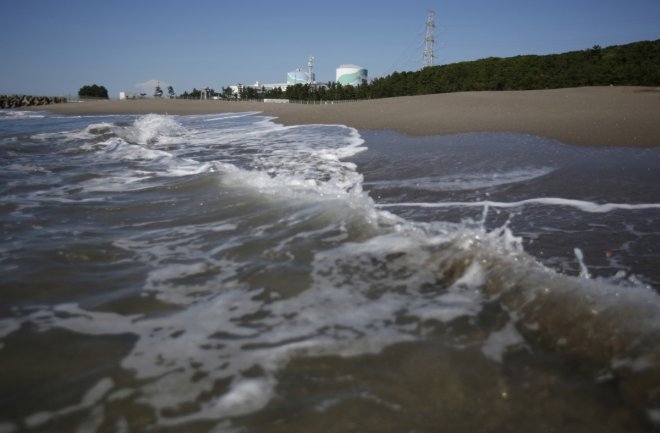
Japan has already started its project to generate electricity from sea waves. The new project termed as "Seahorse" is being conducted under the guidance of researchers from the Okinawa Institute of Science and Technology Graduate University (OIST) in Japan.
The primary aim of the project is to produce electricity from the Kuroshio ocean current that flows from the eastern coast of Taiwan and around the southern part of Japan.
"Using just one percent of the seashore of mainland Japan can generate about 10 gigawatts of energy, which is equivalent to 10 nuclear power plants," said Tsumoru Shintake of OIST.
The scientists started the Wave Energy Converter (WEC) project in 2013 to harness the huge possibilities of power generation from sea waves.
Tetrapods or the pyramid-shaped concrete structures along the coastline of Japan which are built to reduce the force of incoming waves and to prevent soil erosion were taken as a model for the new technology.
Shintake stated that 30 percent of the seashore in the mainland Japan is covered with tetrapods and wave breakers. He added that replacing these tetrapods with intelligent tetrapods and wave breakers with turbines attached to or near them would generate energy and help to protect the coasts.
Placing turbines at key locations close to the shoreline near the tetrapods or coral reefs could generate energy. This can help decrease erosion and limit the infrastructures and lower its funding cost.
The turbines are made to withstand severe waves and extreme weather conditions. The blades are designed to be flexible and stress releasing, rather than being rigid and breakable. The materials and designs were inspired by the dolphin fins.
The design also ensures the safety of the surrounding marine life. The blades are set to rotate at a calculated speed that allows any fish or marine creatures caught between them to escape easily.
The turbine, which is anchored to the sea floor through cables convert the kinetic energy of the natural currents into usable electricity which is transferred by wires to land. The researchers are looking for ways to create cheaper and hassle-free form of technologies for the turbines and tetrapods.
They have successfully completed the primary steps of the project and are now planning the installation of turbines for commercial use. The project includes installing two WEC turbines to power LEDs for demonstration.









